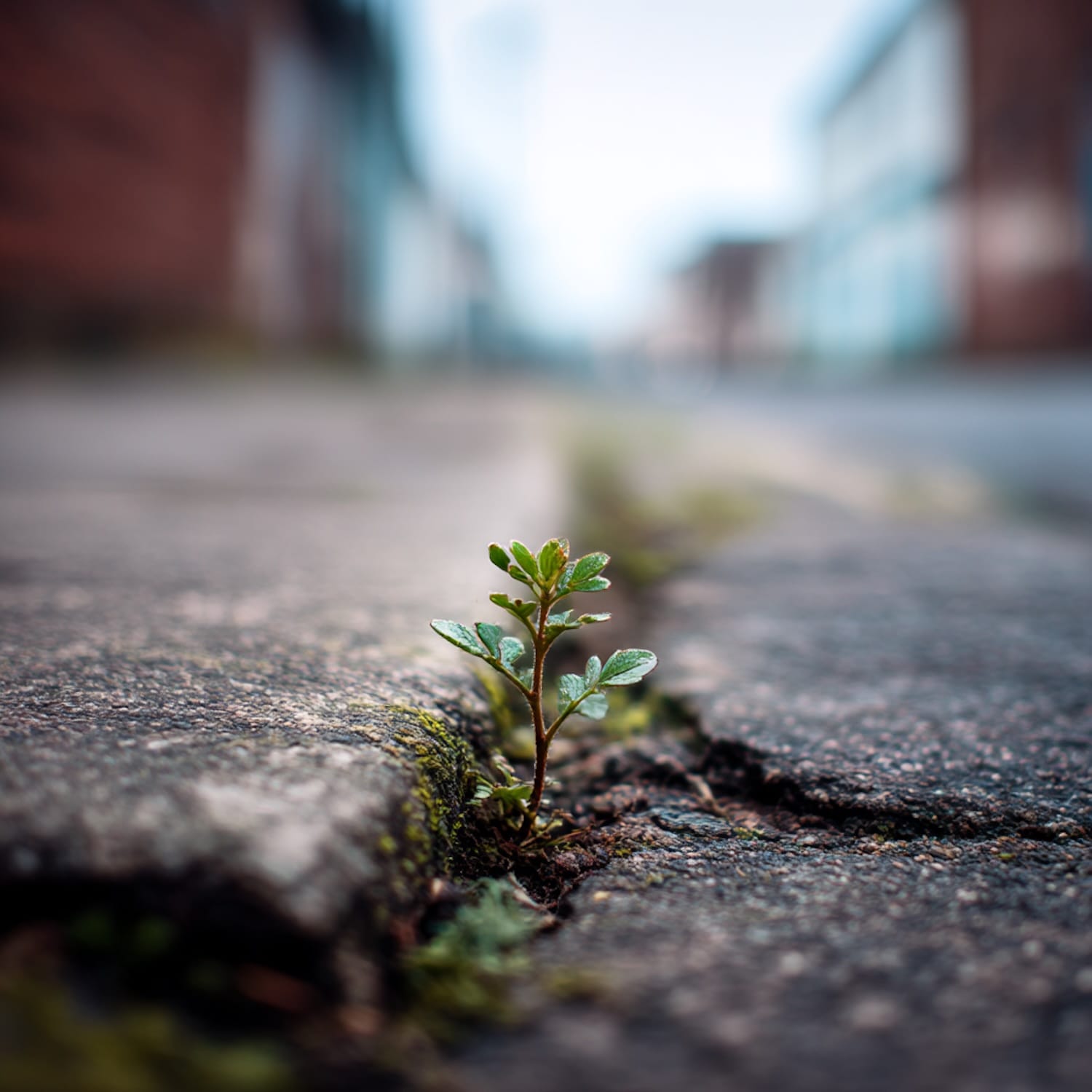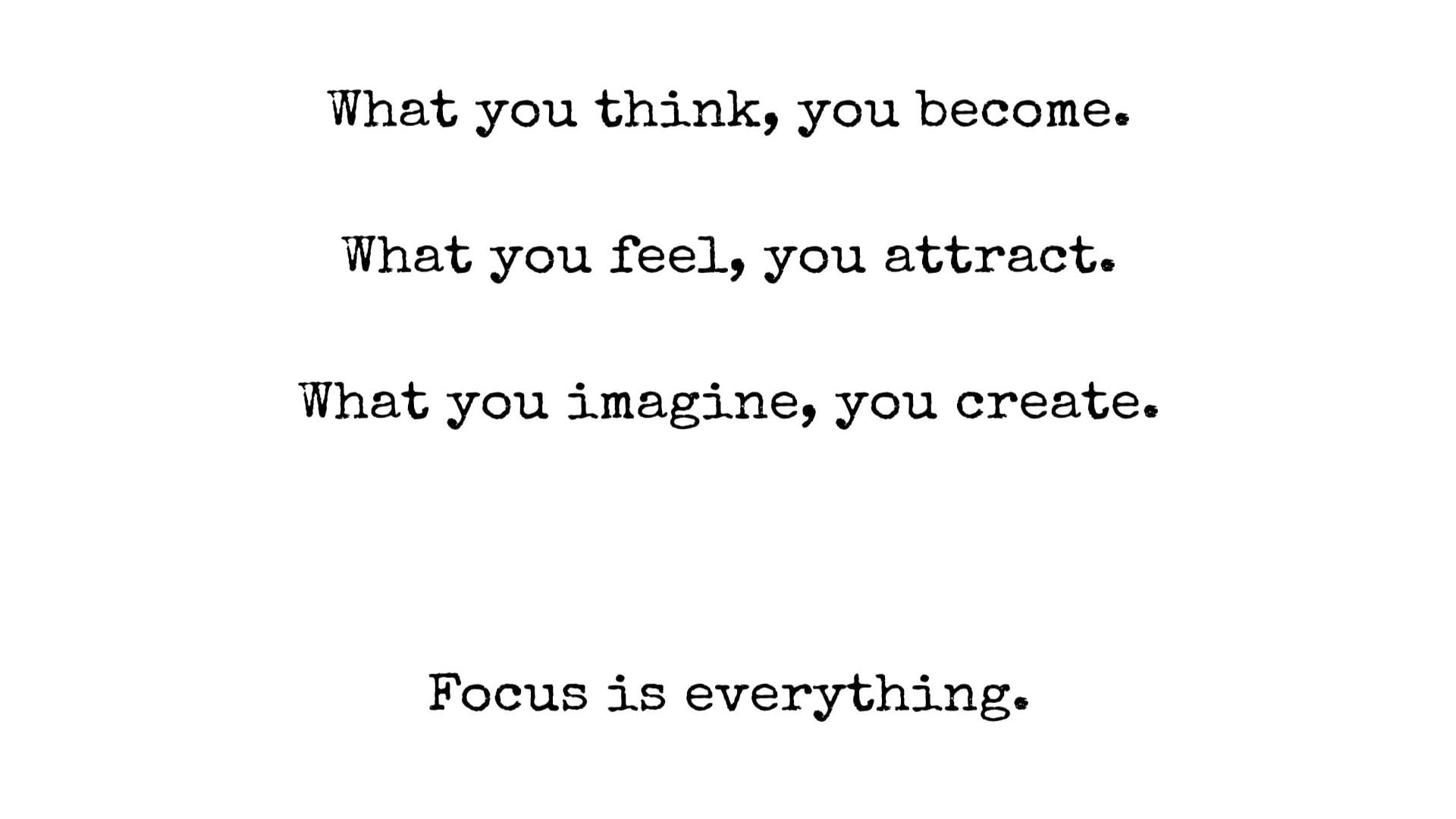Welcome to this week's weekly insights, which I have made available to the public. The insight is compiled from this week's social media microlearning posts and bundled into a weekly roundup called the Weekly Insight.
Subscribe to get the weekly insights in your inbox for free.
This Week:
- Focus is everything
- Personal Kaizen: Practice 9
- Yoga
- Focus in a World of Overwhelm
- Insight
Focus is Everything
Our culture lives in our minds. We are social animals and have no choice but to share everything. Work, leisure, commodities, benefits, and costs. They are all shared somehow. It might not be equal, but it's shared. Our culture is shared, too. Again unequally.
We are taught our culture as children, and it is reinforced continuously through newspapers, the internet, books, television, radio, and from our peers. This creates a communal mind, but also a mind that reflects the conflicts within our culture.
We can become preoccupied with the complexities of the modern world, cultural, economic, technical, and social, that fill our lives. We're either engaging in an activity that is somehow culturally driven, or our inner narrative and mental movies are playing it out in our minds.
Only through mental training can we continuously return to awareness to escape this quagmire. There is no other way. Everything else is a distraction, which will only work for a time, then leave us with the accumulated mental baggage of a lifetime.
You've all seen the TV programs about hoarders. We hoard our mental baggage. It needs a clear-out, and only meditation can empty it, so we can then fill it with helpful items to replace the clutter.

Flexibility & Adaptability
Personal Kaizen Principle 9
Struggling with change? Combine Personal Kaizen (small, regular improvements) with meditation to reduce resistance and boost your resilience.
- Observe and become familiar with your Inner Resistance: In meditation, observe the feelings that arise—uncomfortable feelings are signals for different meditation practices. Uncomfortable feelings are not roadblocks because, by using the skills we can, over time, neutralise them.
- Adapt Incrementally: Monitor your mind and your feelings with different meditations at different times in different places. "What worked? What changed?" Turn setbacks into steps forward.
- Build Mental Toughness: Over time, this strategy will help you to become familiar and comfortable with your mind.
The next time you meditate, try making one change or adjusting one habit.

Yoga
Yoga is not what you think it is!
From the original text of Yoga, we read that: "Yogaś citta vṛtti nirodha (योग चित् वृत्ति निरोध)"
- Yogas (Yogaś) = Yoga (is);
- citta = of the mind-stuff;
- vṛtti = modifications;
- nirodha = restraint.
In a nutshell, Yoga is the practice of calming the mind.
The original text of Yoga is the Yoga Sūtras of Patañjali.
Patañjali was a sage who lived, it is believed, 500 years before the time of Christ in India.
In his famous (and accessible) translation of the Yoga Sutras of Patanjali, Swami Satchitananda writes:
"The restraint of the modifications of the mind-stuff is Yoga. In this sūtra, [sūtra 1.2] Patañjali gives the goal of Yoga. For a keen student, this one sūtra would be enough because the rest of them only explain this one. If the restraint of the mental modifications is achieved, one has reached the goal of Yoga. The entire science of Yoga is based on this."
In the Yoga Sūtras, Patañjali teaches a framework for Yoga - the eight limbs of Yoga:
- Yama: Ethical Behaviour
- Niyama: The practice of self-discipline
- Āsana: Posture
- Prāṇāyāma: Regulating the breath
- Pratyahara: inward focus
- Dhāraṇā: Concentration
- Dhyāna: Meditation
- Samādhi: Connection
One of those eight limbs is Asana, which is where modern Yoga focuses, whereas originally, Yoga was mainly meditation with the intention of calming the mind.
So if you meditate in a way to learn how to calm the mind, that is the heart of Yoga.
Focus in a World of Overwhelm
Take a glass of water, pour fine sand into it, stir it up with a spoon, then hold it up and look into it. You will find that the water has become murky and is no longer transparent.
Put the glass down. Don't move or agitate it. With time and patience, perfect clarity emerges from the fog. You can then see clearly through the glass.
When your mind is overwhelmed by the confusion of the modern world, sit quietly and move your one attention repeatedly away from the agitation of the mind to the breath whenever you notice that your attention has been captured by your mind.
This is meditation. It is mental training. You are training your subconscious mind, through gentle repetition, to notice you are on autopilot and return your attention to the ultimate reality of the present moment.

Insight
Insight during meditation is your subconscious mind giving you the answers you need to hear.
Think of your brain as a big organisation with many messages constantly generated by different departments. Your prefrontal cortex, located right behind your forehead, acts like a communications team that decides which messages get through to the leadership team (your conscious awareness). This filtering system, called inhibition, blocks out most information to prevent overwhelm, limiting messages to only the most important priorities.
Meditation calms this busy inner chatter, allowing messages you are not normally aware of to bypass these filters and open a portal to our intuition. This can lead to amazing creativity.
Once we open this communication channel, we can receive intuitive realisations and recognitions.
This is known in meditation as 'Insight'.
Insight is the "aha" moments that arise when something you've been processing unconsciously suddenly becomes clear, and a piece of the jigsaw puzzle of life clicks into place.
We may believe we know or understand something, but we may not benefit from that knowledge until we have integrated it intuitively. While knowledge is inert facts, we are less likely to act on it. But when it becomes part of us, our behaviour can change.
Opening the Channel to Insight
Once your meditation practice has moved to calming your mind, you can keep a meditation journal beside you when you practice. Then, when these insights arise, you can capture them immediately by writing them down, and then return to meditating, as often an insight can open the door to other insights.
Learn More
This is part of my meditation microlearning training, which is bite-sized chunks of learning you can digest in your social media feeds. You can pick it up on Facebook, Instagram and X as well as in a weekly roundup on The Meditation Course website.

